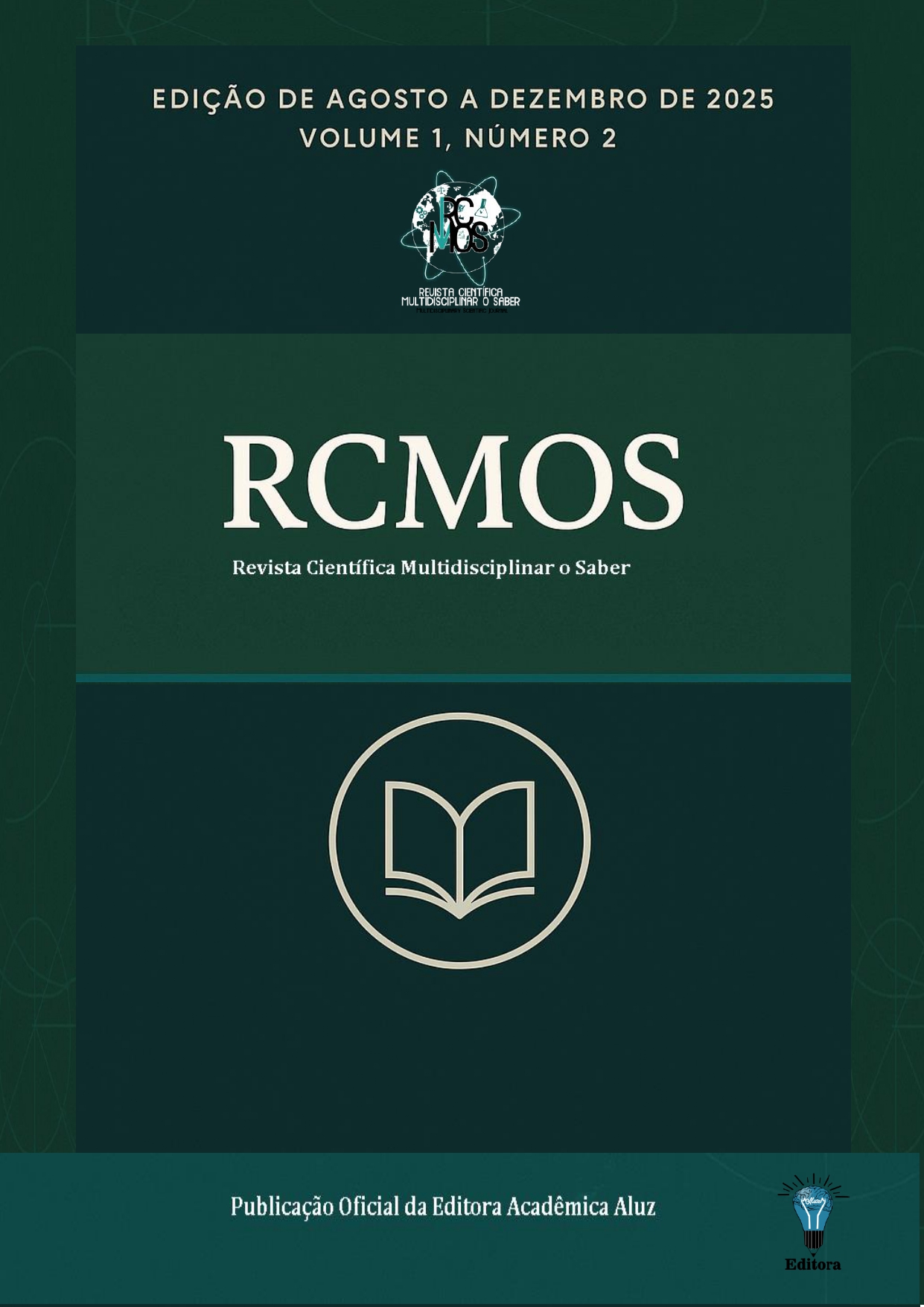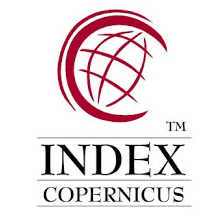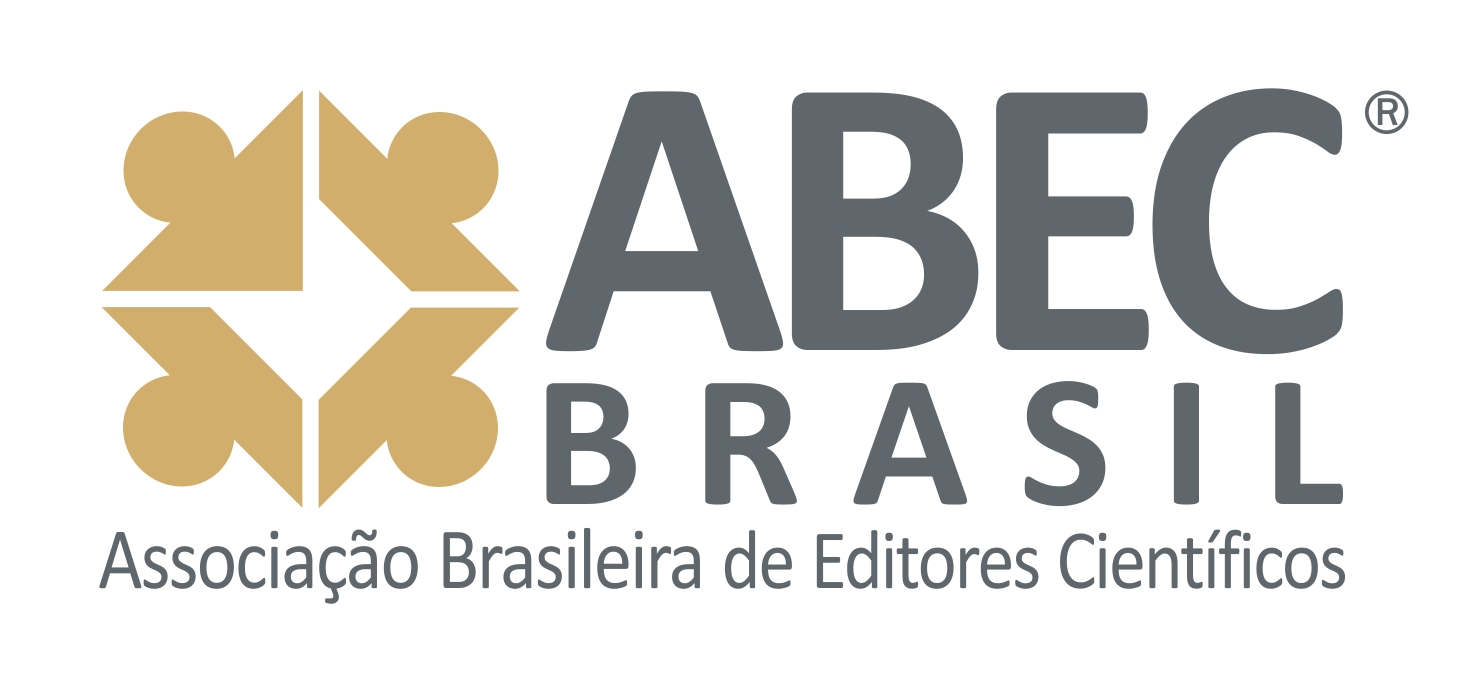Prótese total no fluxo digital vs convencional: eficiência, precisão, estética e satisfação do paciente: uma revisão literária
Complete dentures in digital vs. Conventional workflow: efficiency, precision, aesthetics, and patient satisfaction: a literature review
DOI:
https://doi.org/10.51473/rcmos.v1i2.2025.1560Palavras-chave:
Prótese total. Digital. CAD/CAM. Odontologia.Resumo
Foi realizado uma revisão integrativa da literatura para comparar as próteses totais digitais (CAD/CAM e impressão 3D) com os métodos convencionais, analisando a eficiência, precisão, propriedades mecânicas, molhabilidade, custos e satisfação do paciente. A metodologia baseou-se numa revisão integrativa, com busca nas bases de dados SCIELO e PUBMED (julho-agosto de 2025). Foram selecionados 13 artigos originais da última década, em inglês, português ou espanhol, que foram criticamente lidos e analisados para compilar informações distintas. Os resultados indicam que a fresagem CAD/CAM oferece alta precisão de fabricação, exatidão de ajuste e menor rugosidade superficial, superando a impressão 3D e métodos convencionais. Scanners digitais extraorais também demonstraram alta precisão. Os métodos digitais reduzem custos e o número de visitas clínicas. Contudo, a resistência à flexão de resinas impressas em 3D é inferior, e as próteses digitais podem ter maior dificuldade de reparação ou declínio estético devido à alteração de cor da resina. A molhabilidade de superfícies fresadas é superior. A satisfação do paciente é geralmente positiva, embora as próteses convencionais possam ser superiores em fonética e conforto. Conclui-se que ambos os métodos são eficazes. O fluxo digital é uma alternativa mais moderna e eficiente, promovendo maior previsibilidade estética e funcional. A escolha do método deve considerar as necessidades individuais, custos e tecnologia disponível. A pesquisa atual, contudo, apresenta resultados contraditórios, exigindo mais investigação em reparabilidade e consistência da precisão.
Downloads
Referências
AL-DULAIJAN, Y. A. et al. Trueness and precision of complete denture digital impression compared to conventional impression: an in vitro study. PeerJ, v. 13, p. e19075, 2025. DOI: https://doi.org/10.7717/peerj.19075
ANADIOTI, E. et al. 3D printed complete removable dental prostheses: a narrative review. BMC Oral Health, v. 20, n. 1, p. 343, 2020. DOI: https://doi.org/10.1186/s12903-020-01328-8
ARAKAWA, I. et al. Clinical outcomes and costs of conventional and digital complete dentures in a university clinic: a retrospective study. The Journal of Prosthetic Dentistry, v. 128, n. 3, p. 390–395, 2022. DOI: https://doi.org/10.1016/j.prosdent.2020.12.014
CLARK, W. A. et al. A comparison of conventionally versus digitally fabricated denture outcomes in a university dental clinic. Journal of Prosthodontics, v. 30, n. 1, p. 47–50, 2021. DOI: https://doi.org/10.1111/jopr.13273
DE LIMA DANTAS, H. L. et al. Como elaborar uma revisão integrativa: sistematização do método científico. Revista Recien - Revista Científica de Enfermagem, v. 12, n. 37, p. 334–345, 2022. DOI: https://doi.org/10.24276/rrecien2022.12.37.334-345
DE SOUZA ALMEIDA, E.; DA SILVA MACHADO, K.; DE SOUZA, G. C. Próteses odontológicas: impacto, benefícios e avanços na odontologia atual. Brazilian Journal of Health Review, v. 6, n. 6, p. 26549–26559, 2023. DOI: https://doi.org/10.34119/bjhrv6n6-001
DIB ZAKKOUR, S. et al. Comparative evaluation of the digital workflow and conventional method in manufacturing complete removal prostheses. Materials, v. 16, n. 21, p. 6955, 2023. DOI: https://doi.org/10.3390/ma16216955
EL OSTA, N. et al. Time efficiency and cost of fabricating removable complete dentures using digital, hybrid, and conventional workflows: a systematic review. The Journal of Prosthetic Dentistry, v. 133, n. 5, p. 1194–1208, 2025. DOI: https://doi.org/10.1016/j.prosdent.2024.10.008
FREITAS, M. I. A. Prótese parcial removível digital – estado da arte. Dissertação (Mestrado em Medicina Dentária) – Universidade do Porto, Porto, 2023.
HANNO, K. I.; METWALLY, N. A. The wettability of complete denture base materials constructed by conventional versus digital techniques: an in-vitro study. BMC Oral Health, v. 24, n. 1, p. 1081, 2024. DOI: https://doi.org/10.1186/s12903-024-04800-x
MENON, R. K. et al. CADCAM versus conventional denture bases: network meta-analysis of in vitro studies comparing accuracy and surface properties. International Dental Journal, 2025. DOI: https://doi.org/10.1016/j.identj.2024.12.032
MUBARAKI, M. Q. et al. Assessment of conventionally and digitally fabricated complete dentures: a comprehensive review. Materials, v. 15, n. 11, p. 3868, 2022. DOI: https://doi.org/10.3390/ma15113868
NAMANO, S. et al. Effect of support structures on the trueness and precision of 3D printing dentures: an in vitro study. Journal of Prosthodontic Research, v. 68, n. 1, p. 114–121, 2024. DOI: https://doi.org/10.2186/jpr.JPR_D_22_00266
OHARA, K. et al. Patient satisfaction with conventional dentures vs. digital dentures fabricated using 3D-printing: a randomized crossover trial. Journal of Prosthodontic Research, v. 66, n. 4, p. 623–629, 2022. DOI: https://doi.org/10.2186/jpr.JPR_D_21_00048
PRPIĆ, V. et al. Comparison of mechanical properties of 3D‐printed, CAD/CAM, and conventional denture base materials. Journal of Prosthodontics, v. 29, n. 6, p. 524–528, 2020. DOI: https://doi.org/10.1111/jopr.13175
SAWANGSRI, K. et al. Comparison of trueness, time, and number of images among different denture digitization protocols. Journal of Prosthodontics, v. 34, n. 4, p. 388–394, 2025. DOI: https://doi.org/10.1111/jopr.13967
SRINIVASAN, M. et al. CAD-CAM removable complete dentures: a systematic review and meta-analysis of trueness of fit, biocompatibility, mechanical properties, surface characteristics, color stability, time-cost analysis, clinical and patient-reported outcomes. Journal of Dentistry, v. 113, p. 103777, 2021. DOI: https://doi.org/10.1016/j.jdent.2021.103777
TEW, I. M.; SOO, S. Y.; POW, E. H. N. Digitally versus conventionally fabricated complete dentures: a systematic review on cost-efficiency analysis and patient-reported outcome measures (PROMs). The Journal of Prosthetic Dentistry, 2023.
WANG, C. et al. Accuracy of digital complete dentures: a systematic review of in vitro studies. The Journal of Prosthetic Dentistry, v. 125, n. 2, p. 249–256, 2021. DOI: https://doi.org/10.1016/j.prosdent.2020.01.004
ZAHEL, A. et al. Conventionally and digitally fabricated removable complete dentures: manufacturing accuracy, fracture resistance and repairability. Dental Materials, v. 40, n. 10, p. 1635–1642, 2024. DOI: https://doi.org/10.1016/j.dental.2024.07.022
ZAVOLSKI, A. et al. Transitional era: from analogical to digital workflow in oral rehabilitation: a case report. RGO - Revista Gaúcha de Odontologia, v. 69, p. e20210032, 2021. DOI: https://doi.org/10.1590/1981-86372021003220200045
ZUPANCIC CEPIC, L. et al. Digital versus conventional dentures: a prospective, randomized cross-over study on clinical efficiency and patient satisfaction. Journal of Clinical Medicine, v. 12, n. 2, p. 434, 2023. DOI: https://doi.org/10.3390/jcm12020434
Downloads
Publicado
Edição
Seção
Categorias
Licença
Copyright (c) 2025 Gisele Lopes de Sousa, Gabriele Lopes de Sousa, Marconi Raphael de Siqueira Rêgo, Marcelya Chrystian Moura Rocha, Livia Duarte Santos Lopes de Carvalho, Matheus Araújo Brito Santos Lopes (Autor)

Este trabalho está licenciado sob uma licença Creative Commons Attribution 4.0 International License.
Este trabalho está licenciado sob a Licença Creative Commons Atribuição 4.0 Internacional (CC BY 4.0). Isso significa que você tem a liberdade de:
- Compartilhar — copiar e redistribuir o material em qualquer meio ou formato.
- Adaptar — remixar, transformar e construir sobre o material para qualquer propósito, inclusive comercial.
O uso deste material está condicionado à atribuição apropriada ao(s) autor(es) original(is), fornecendo um link para a licença, e indicando se foram feitas alterações. A licença não exige permissão do autor ou da editora, desde que seguidas estas condições.
A logomarca da licença Creative Commons é exibida de maneira permanente no rodapé da revista.
Os direitos autorais do manuscrito podem ser retidos pelos autores sem restrições e solicitados a qualquer momento, mesmo após a publicação na revista.













